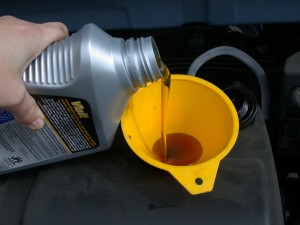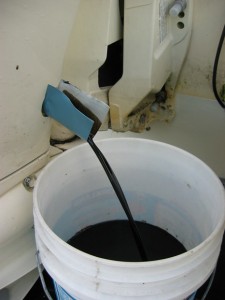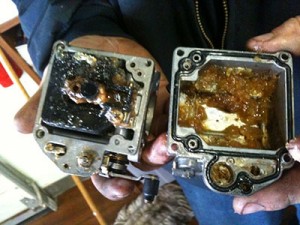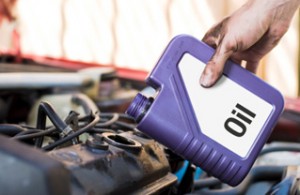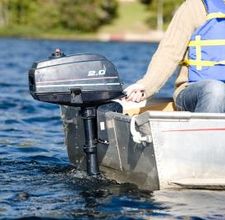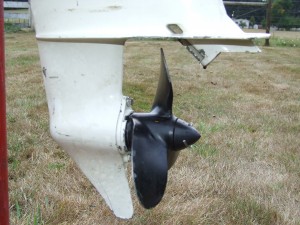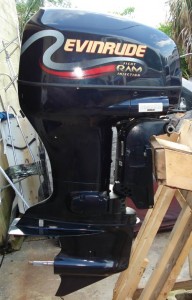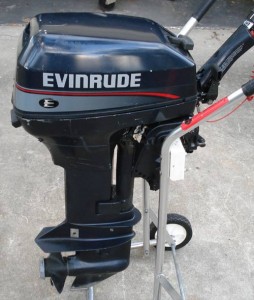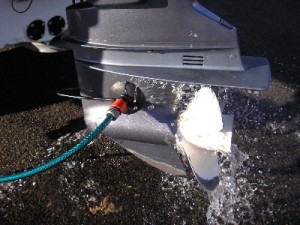Hurricane Irene
 I do own a small beach home. Thankfully, Hurricane Irene did not do too much damage to my home; just some debris on the lawn and decks and some minor flooding. It could have been a lot worse, which is why I am glad that I took appropriate precautions.
I do own a small beach home. Thankfully, Hurricane Irene did not do too much damage to my home; just some debris on the lawn and decks and some minor flooding. It could have been a lot worse, which is why I am glad that I took appropriate precautions.
Before Irene hit, I moved all of my outdoor furniture into the garage and weighted down anything that could not be moved. I brought all of my furniture and possessions from the bottom floor to the top floor. Of course, I made sure to bring my boat out of the water and into the garage, secured the Mercury oil and other flammable liquids in a safe container to avoid leakage. Now that the power is back I can get to cleaning up the yard, move the boat back out to the water, and get ready for Labor Day weekend.


